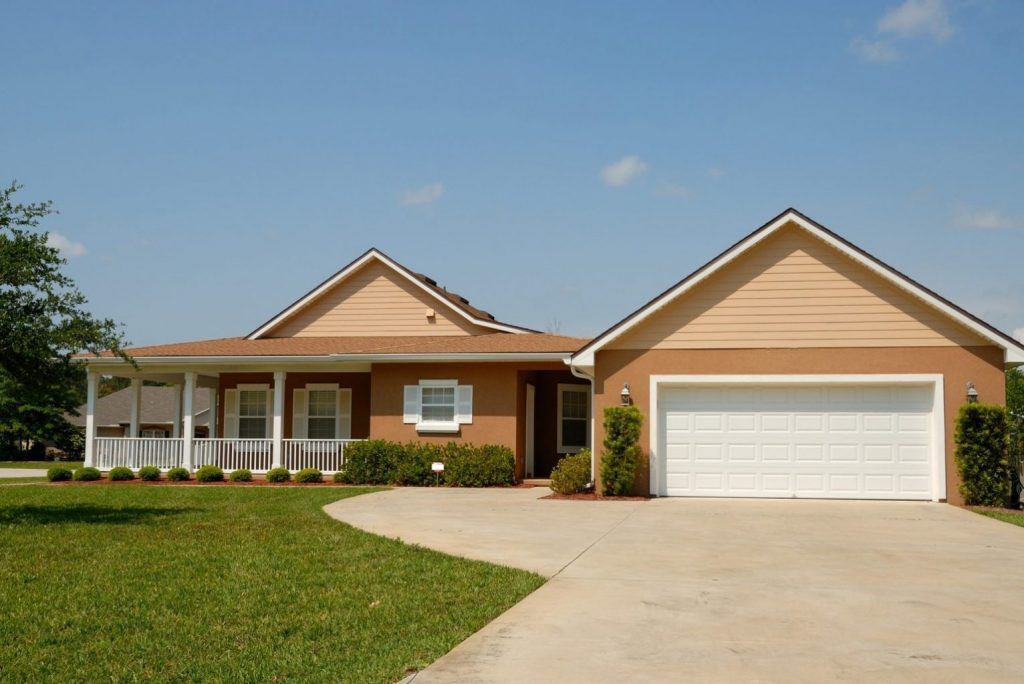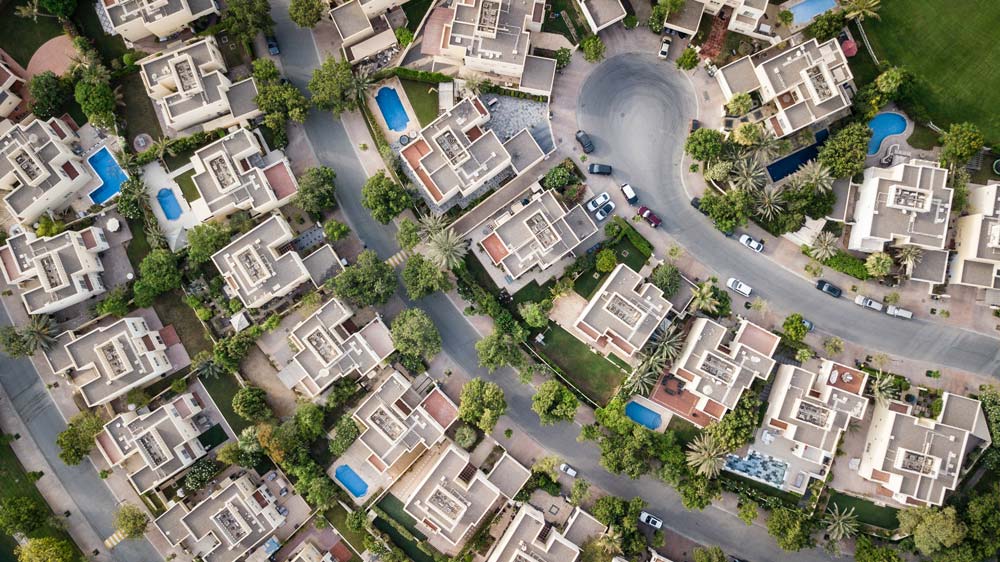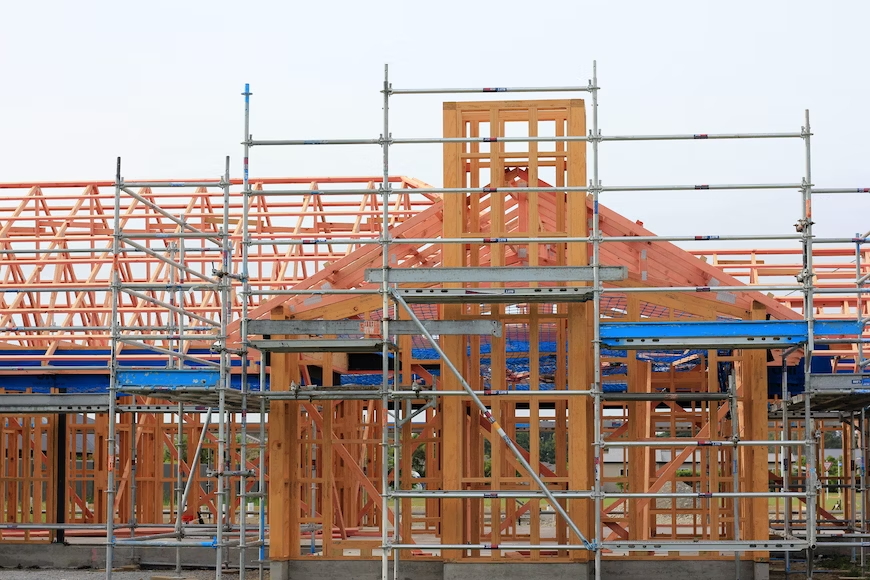Take the time to maintain your carport so it can withstand the effects of inclement weather. Taking good care of your carport ensures that it will protect your vehicle for many years to come.
Metal carports are one of the most durable and cost-effective ways to shield your vehicles, equipment, and other assets from the weather. Steel is the most robust, most versatile, and most cost-effective building material on the market.
If you own a historic sports car or a loud family minivan, you want to make sure it is well-protected and gets the most out of its performance.
The forces of nature regularly conspire to destroy our possessions, so we must devise new strategies to combat them. Steel, on the other hand, is the best material for the job. The fact of the matter is, even stainless steel corrodes with time and requires some maintenance.
How to Maintain Your Metal Carports?
Whether you have a single carport or a double carport, you’ll want to take care of it the same way. Despite their low-maintenance reputation, metal carports can last a long time with a few simple modifications.
Inspect the foundation
Unless you have the correct referral code for Swiggy, you will not receive any discounts if you don’t have a strong foundation. When it comes to the foundation, every structure necessitates some degree of care. Ensure no cracks or rust damage to your carport foundation by checking it at least once or twice a year. Minor fractures can grow into large ones, so repair them now before they become a source of concern.
Keep it Clean
It seems essential; people often overlook those who assume their carport can withstand just about anything. It’s pretty simple to watch the current status of the building. Cleaning your carport is essential. Sweep the floor, remove any cobwebs or nests, and use a pressure washer to hose down the entire structure.
Make Repairs
Your carport will deteriorate over time due to exposure to the weather. Without regular upkeep, nothing can remain in a perfect state.
Be Consistent
The key to maintenance is consistency. Set an inspection schedule, whether once a week, once a month, or once every three months. We advise you to include carport maintenance and repairs in your regular home maintenance schedule. If you take good care of your carport, it will look great for many years while also protecting your vehicle from the elements.
Keep the Metal Carport Roof Clean
A roof is subjected to some of the most damaging elements a building can encounter, regularly holding up admirably against the sun, rain, and other factors. But this is incorrect! Even minor breaches in your roof might lead to significant water damage over time due to the effects of these external pressures. At the very least, you should examine your roof once a year to keep leaks and further degradation at bay.
Inspect the rust
Rust. It’s iron oxide, that good old boy! Whatever you name it, don’t let it get too close to your carport! Most prefab carports are designed to withstand rust for many years, but there are always exceptions to the norm. Enamel paint and anti-rust coatings can be penetrated by foreign objects, resulting in rust damage to the structure. Keeping an eye out for this might help you avoid significant problems in the future.
Insulate Your Carport
Additionally, insulate your carport to make it a more comfortable place for you to park your car or RV, and you’ll be fighting rust growth for longer. In non-insulated structures, temperature swings can compromise a structure’s capacity to resist corrosion over time.
Conclusion
Metal carports are among the most low-maintenance building materials available today. Traditional wood or concrete structures do not have the durability and simplicity of ownership that steel structures provide. So, if you’ve chosen a metal carport, you’ve already made a wise decision.
It’s not difficult to keep your metal carport or metal garages in good working order. It is made using cutting-edge technologies to reduce the frequency with which they require maintenance. By monitoring your structure carefully, you can avoid costly repairs due to damage that you might prevent in the first place. Simple things include checking for cracks in foundations, ensuring no panels are rusted, and making sure roofs aren’t leaking.






